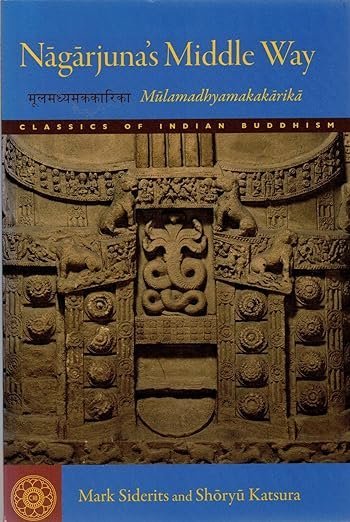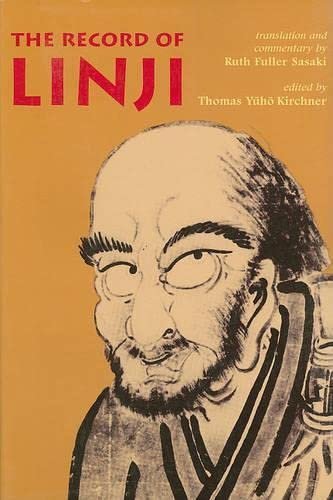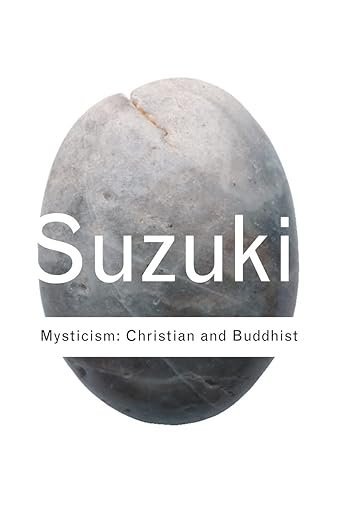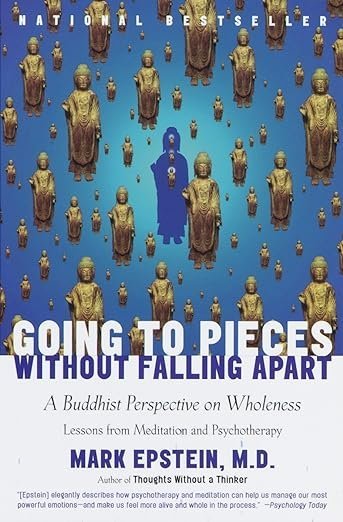No Self: The Illusory Nature of the Self
The notion that there is no enduring, unchanging self or soul – commonly referred to as “no self” – traces back thousands of years in numerous spiritual and philosophical traditions. While expressed using different terminology, the underlying recognition is that our normal perception of being a separate, independent ego or “I” is not actually how existence truly is. What feels so real and tangible is revealed to be more like a phantom, a temporary coming together of various causes and conditions.
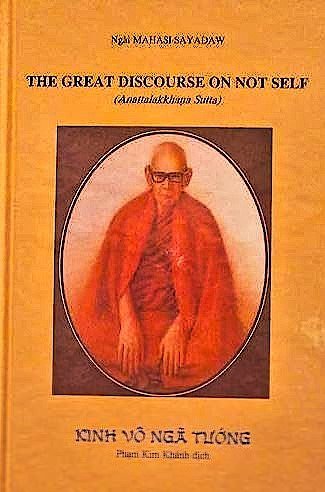
Buddhism, in particular, has long challenged the idea of an abiding self. The historical Buddha Shakyamuni laid out the teaching of anatta (Pali) or anatman (Sanskrit), meaning “not-self.” In his second discourse after enlightenment, the Anattalakkhana Sutta, he declared, “Form is not-self. Feeling is not-self. Perception is not-self. Determinations are not-self. Consciousness is not-self.” He went on to explain that viewing anything as intrinsically “I,” “me,” or “mine” leads to suffering, as it does not align with reality.
This teaching shook the prevailing beliefs during Buddha’s time in ancient India. The Upanishads, foundational Hindu scriptures, spoke of the atman – the eternal, unchanging spirit or soul within each person. The Buddha refuted this, teaching that no such permanent, underlying essence exists. What we mistake as self is the coming together of the five aggregates (form, feeling, perception, mental formations, and consciousness).
“Just as a wooden pillar does not become a wagon, so too this body does not become a being, man, youth, gerontocrat, monk or brahman. Just as when timber and grass decompose the word ‘wagon’ does not apply to them, so too when body decomposes, the words ‘being’, ‘man’, ‘youth’ etc. do not apply to it.” – Sabhiya Sutta
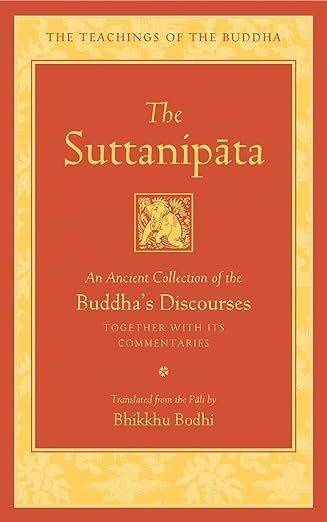
This central concept took hold as Buddhism spread. The early Buddhist schools extensively discussed the doctrine of anatta and its implications. Later, Mahayana teachings also picked up these themes. The Heart Sutra, chanted daily in Zen monasteries, declares that the five aggregates are “empty of self.”
Nagarjuna, the influential 2nd-century Indian philosopher who founded the Madhyamaka school, analyzed anatta using rigorous logic. He demonstrated that it is impossible for anything to have an inherent, unchanging self or essence. All phenomena are dependently originated, arising due to causes and conditions. There is no isolated, standalone “self” to be found.
The “no self” doctrine continued to be refined over the centuries in India, China, Japan, Tibet, and beyond. The meditation masters offered practical instructions on how to glimpse one’s lack of inherent existence. By seeing through the illusion of self, practitioners could cut through various mental afflictions and experience liberation. As the 10th-century Zen master Linji Yixuan succinctly put it:
“If you want to be free to be born or die, to go or stay as one would put on or take off a garment, then you must understand right now that the person here listening to the Dharma has no form, no characteristics, no root, no beginning, no place you abide, yet you are vibrantly alive. All the ten thousand kinds of contrived happenings operate in a place that is in fact no place.”
These radical teachings were brought to the West starting in the 19th century as Buddhism took hold in Europe and America. Prominent early Western convert monks like Anagarika Dharmapala spoke of “no soul” and advised treating the sense of “I” as merely a convention. Zen masters like D.T. Suzuki introduced “no self” to audiences in the 1950s, contributing to interest in Zen and Buddhism amongst the Beat Generation and counterculture.
In contemporary times, the doctrine of anatta or “no self” continues to have profound implications for how we relate to our identity and the world. Some key principles stemming from this ancient teaching of no self:
- Recognizing the self as a process, not a fixed entity, can reduce clinging and clinging-fueled behaviors. Letting go of self-centeredness and egotism can lessen suffering for oneself and others.
- Seeing that we are all interdependent can increase compassion and care for other beings and the planet. If there is no real separation of self vs other, hurting others is revealed as hurting oneself.
- Understanding that personality and thoughts are impermanent and conditioned can help develop equanimity and wisdom. Getting caught up in “me” and “mine” storylines is seen as an illusion to be gently released.
- As contemporary teachers like Dr. Mark Epstein have pointed out, dissolving the separate self can lead to feelings of connection and belonging. Letting go of ego allows our natural intimacy with all life to shine through.
So, this ancient teaching that who we imagine ourselves to be is not ultimately real continues to have profound relevance. Seeing through the illusion of an independent, enduring self can reveal new ways of being, connecting, and caring for the world. As the old Zen saying goes, “No self, no problem.” Exploring the truth of no self, both intellectually and experientially, leads to awakening.
Neuroscience, Quantum Physics, and No Self
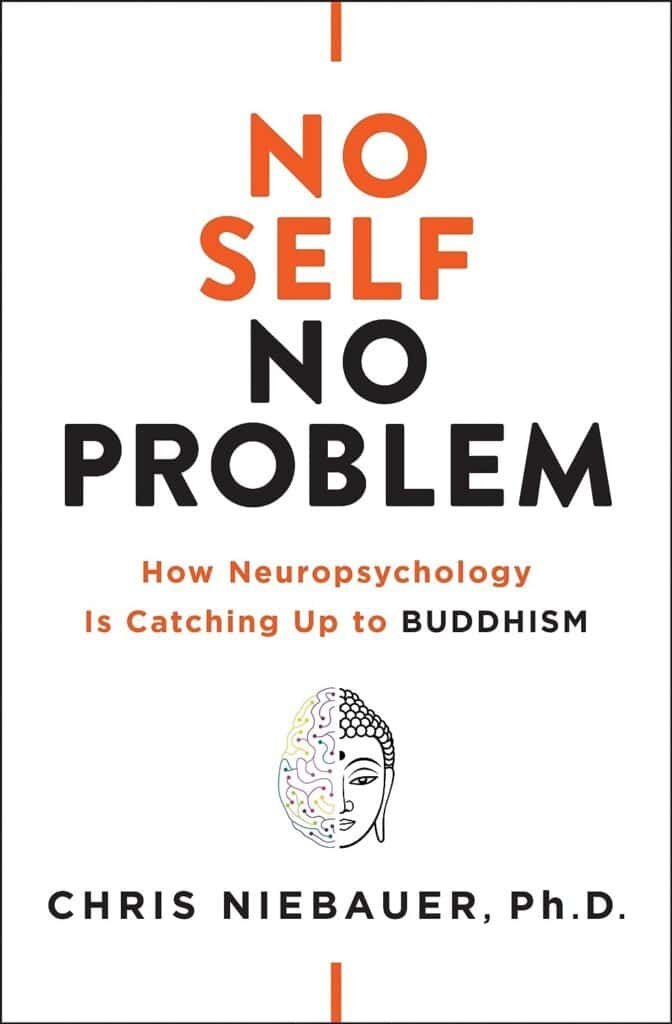
Modern neuroscience reveals no central headquarters in the brain where the self resides. Rather than a unified entity, the self arises from distributed neural networks across the brain. Different parts light up depending on the situation – interacting with others, recalling memories, perceiving sensations, etc. The neuroscientist Anil Seth describes the self as a “controlled hallucination” constructed and reconstructed moment by moment. This aligns with the Buddhist view of no fixed, permanent self.
Similarly, insights from quantum physics challenge the existence of inherent independent selves. At the quantum level, reality is a flux of probabilistic possibilities that only coalesce when observed. Particles can exist in a superposition state, essentially anywhere and everywhere. It is the act of measurement that brings definite properties into being. Before observation, there were no well-defined isolated entities. Just as Buddhism says form is empty, quantum physics shows that matter is mostly empty space, temporary ripples of probability.
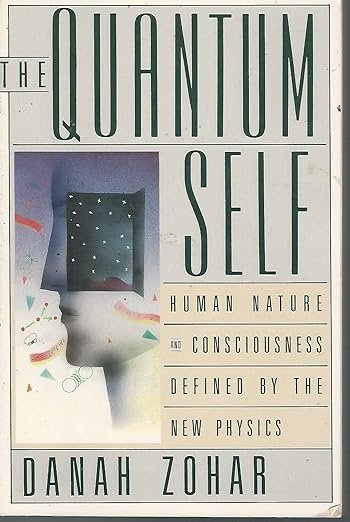
So, neuroscience and quantum physics point to the contingent and ephemeral nature of phenomena we normally perceive as concrete and self-existing. What we take to be solid “things” are more like fleeting events that lack inherent identity. This resonates with the Buddhist doctrine of emptiness and the illusory nature of intrinsic selfhood. The illusion of separation between isolated selves and objects is revealed by both ancient wisdom and modern science. In physicist David Bohm’s words, “The whole notion of self-identity is simply the result of thought process. There is no self-identity in reality.” Just as the Buddha declared millennia ago, our normal perception of self is not how things ultimately are.

